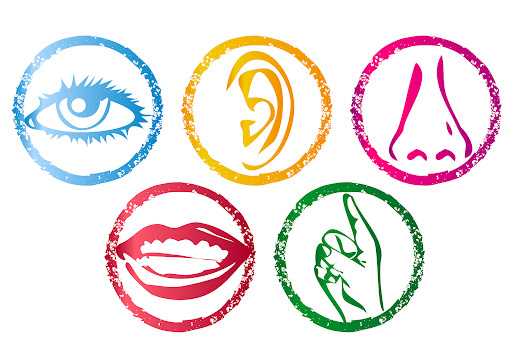Sensory and Physical
Within the SEND code of practice, sensory and/or physical is defined as follows:
Paragraph 6.34
‘Some children and young people require special educational provision because they have a disability which prevents or hinders them from making use of the educational facilities generally provided. These difficulties can be age related and may fluctuate over time. Many children and young people with vision impairment (VI), hearing impairment (HI) or a multi-sensory impairment (MSI) will require specialist support and/or equipment to access their learning, or habilitation support. Children and young people with an MSI have a combination of vision and hearing difficulties. Information on how to provide services for deafblind children and young people is available through the Social Care for Deafblind Children and Adults guidance published by the Department of Health.’
Paragraph 6.35
‘Some children and young people with a physical disability (PD) require additional ongoing support and equipment to access all the opportunities available to their peers.’
Physical and sensory needs cover a wide range of medical conditions in addition to those mentioned above. Some children with physical disabilities may be very cognitively able so the levels of support must be tailored to a person-centred needs analysis of each child’s needs and preferences, taking into account the views of children and their families.
Useful Websites include:

NHS hearing loss — https://www.nhs.uk/conditions/hearing-loss/symptoms/
British Sign website — https://www.british-sign.co.uk/
The Makaton Charity — https://www.makaton.org/
National Deaf Children’s Society — https://www.ndcs.org.uk/
Royal National Institution of Blind People (RNIB) - https://www.rnib.org.uk/
NHS Vision Loss - https://www.nhs.uk/conditions/vision-loss/


